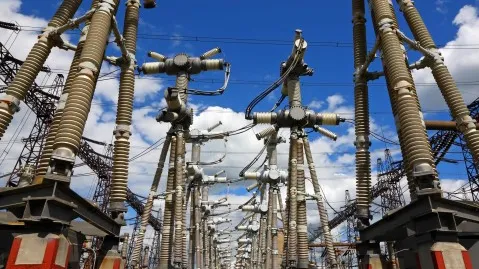
Will Myanmar's $400m loan from World Bank be enough for its energy upgrade?
Current electrificiation rate is just 30%.
As the economy of Myanmar begins to open itself up to global trade, the country is expected to grow at an average of 7% per annum between 2016 and 2024. This rapidly growing economy will have a commensurately expanding demand for power as the very low rates of electrification could hamper the country’s continued development.
According to Georgina Hayden, senior commodities analyst at BMI Research, the power sector in Myanmar has experienced a notable amount of investor interest over the past few years. “There are over 17.5 gigawatts (GW) of power and renewables projects at various stages of development and we continue to see companies target the market for investment,” according to Hayden. She explains further that large foreign firms indicating interest include Singapore-based energy, water and marine group, Sembcorp Industries, Japanese firm, Marubeni Corporation and Thai firm, Global Power Synergy.
The country has abundant energy reserves particularly in hydropower and natural gas, and is actually a net exporter of power. According to GlobalData Senior Power Analyst, Siddhartha Raina however, the country is only able to export energy due to the very low level of domestic consumption.
Recent data shows that the country’s electrification rate is only about 30%, which is strikingly low compared with its neighbors such as the Philippines (87.5%), Indonesia (96%) or Vietnam (99%). One of the biggest hurdles towards bringing this number up is the poor transmission and distribution network (T&D Network) that causes huge system/transmission losses of about 27% of output.
The country’s ministry of power has released its National Electrification Plan, which aims to increase electrification rates to 100% by 2030. Large institutions such as the World Bank have committed finance to this undertaking, with the World Bank approving a USD400Mn, interest-free credit facility for the country’s power sector. To realise the country’s plans for increasing generation capacity and lift itself from its current status of having the lowest electricity consumption per capita, Myanmar needs to make significant headway in T&D.
The government of Myanmar has recognized transmission and distribution as a key area of improvement to support the country’s development and has committed to channeling much of its dedicated financing into development of grid infrastructure. Rural areas will be the the main focus of grid improvement given that the National Electrification Plan is looking to create 1.7 million new users a year, with most of these new users being found outside the city.
The government is also exploring off-grid renewable power sources to supply remote and isolated regions as the cost of developing the grid in those areas may be too large. In addition to physical improvements that have to be made, the country also has several structural and policy-based changes that have to take place. The government still lacks a transparent institutional and legal policy framework to facilitate the exploration and development of power resources.
The country also has to address the lack of policy framework to proliferate renewable power, despite its goal to source 15-20% of its energy supply from renewables by 2020, nor has it made any indications of a plan to provide feed-in tariffs. Despite these hurdles, the country’s power sector has already been generating investor interest, indicating that there could be a great upside to potential direct investment flows if these are addressed.



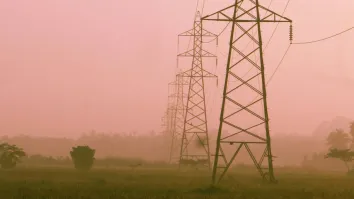
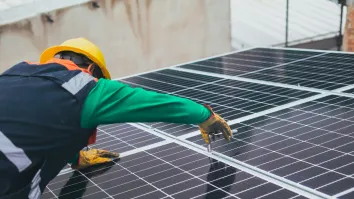





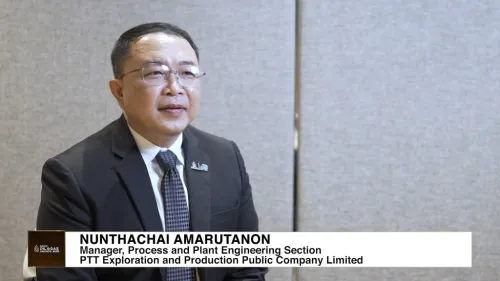


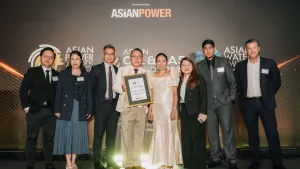





 Advertise
Advertise








